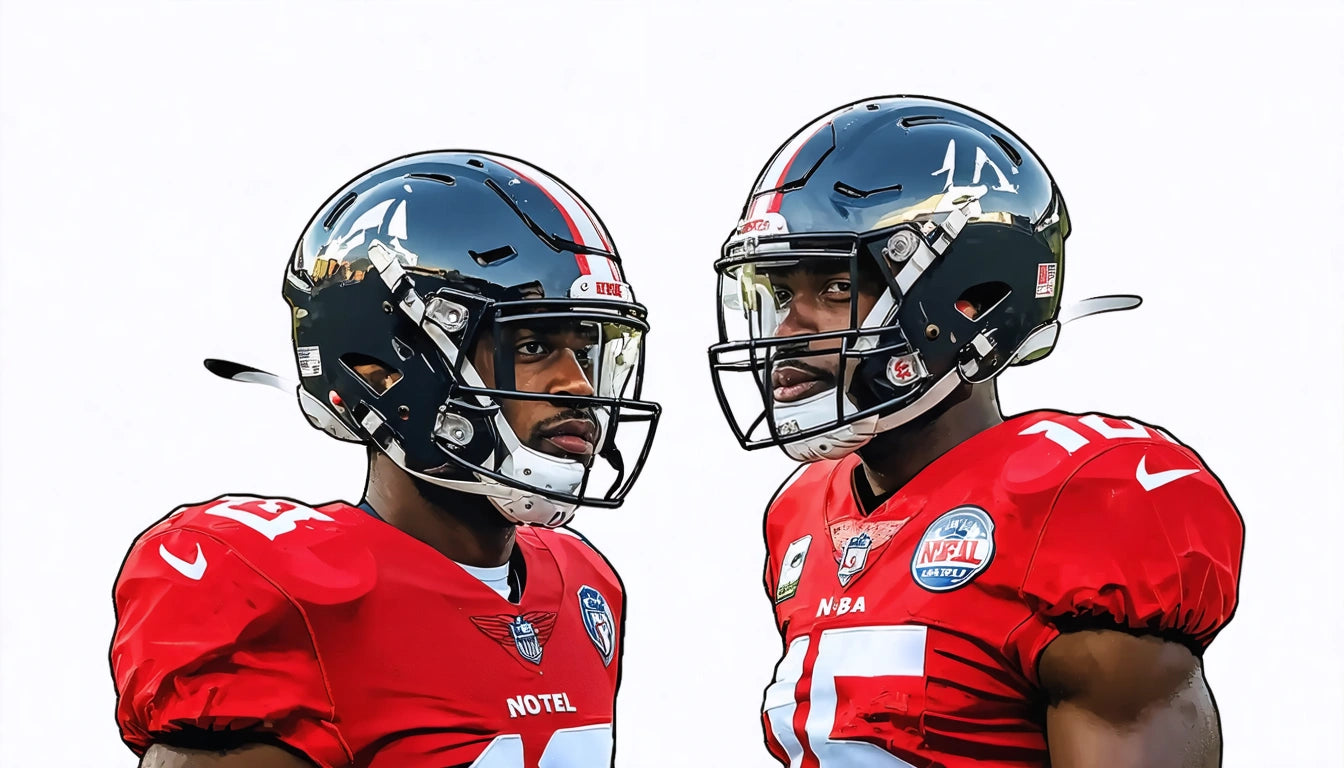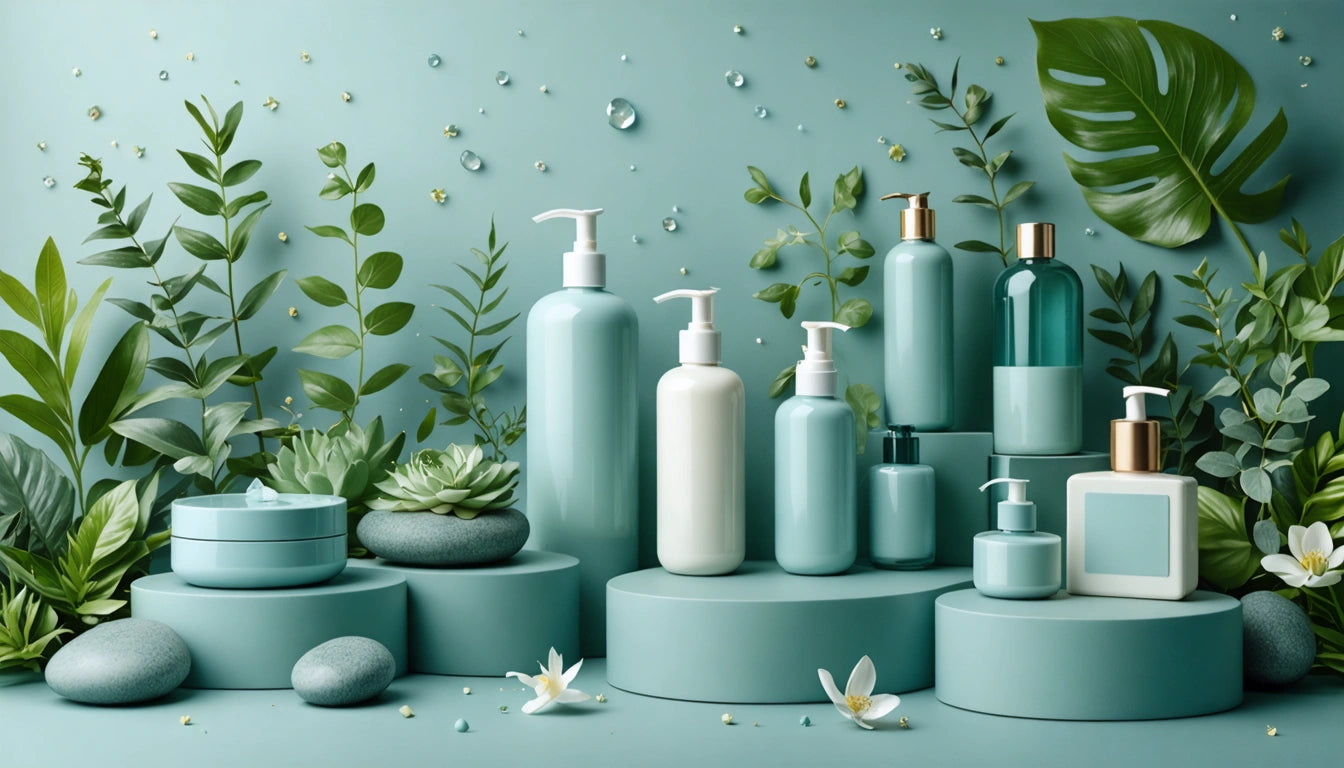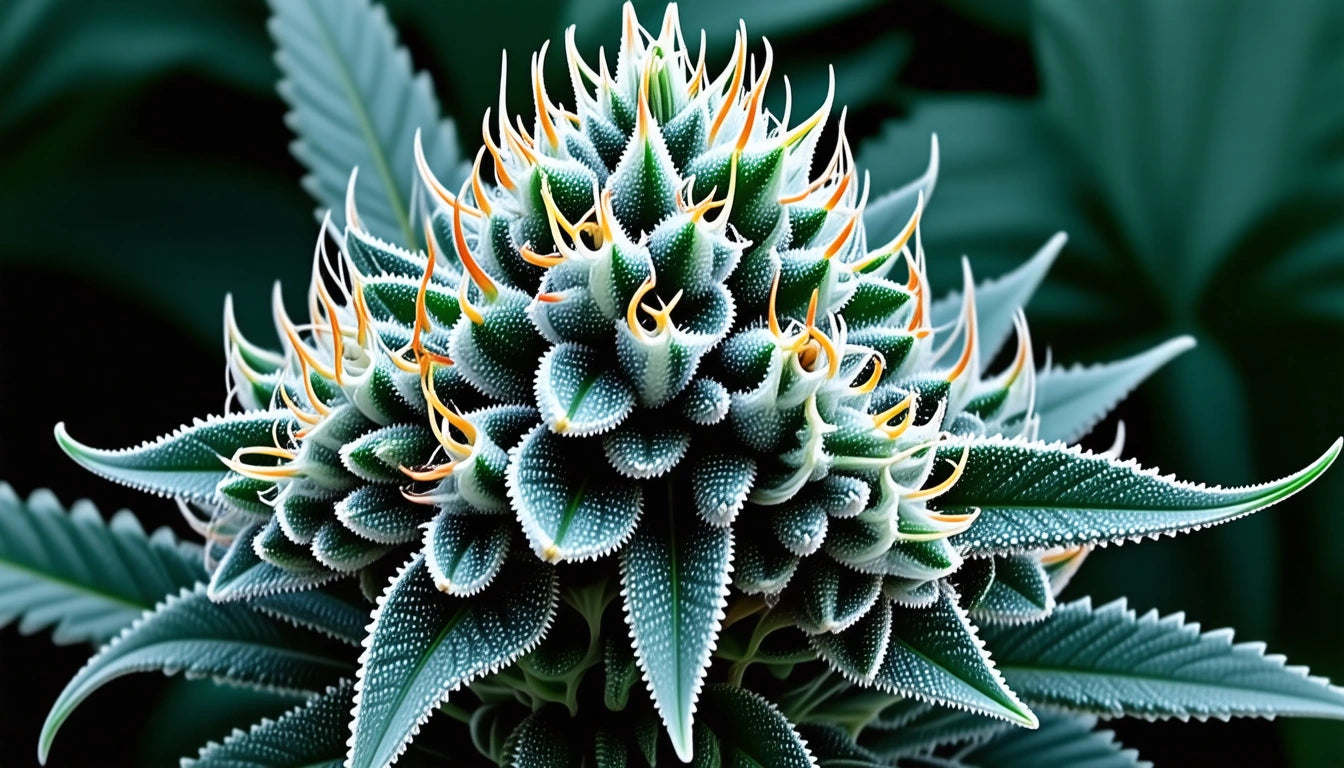Table of Contents
Understanding Drug Testing Protocols in Professional Sports: NFL and NBA Insights
Professional sports leagues maintain comprehensive drug testing programs to ensure fair competition and player health. The NFL and NBA have established detailed protocols determining how often players get drug tested and what substances are prohibited. These policies continue to evolve, particularly regarding substances like marijuana, as public and medical perspectives shift.
NFL Drug Testing Frequency and Protocols
The question of how often do NFL players get drug tested has a complex answer that depends on several factors. Under the NFL's standard policy, all players undergo mandatory testing during the preseason physical examination. During the regular season, ten players per team are randomly selected each week for testing.
The NFL's drug testing program falls into three main categories:
- Performance-enhancing substances
- Substances of abuse (including marijuana)
- Alcohol (in specific cases)
Players in the NFL's substance abuse program face increased testing frequency based on their status within the program. Those with previous violations may be tested up to 24 times per year, a stark contrast to the standard random testing protocol.
When asking "do NFL players get drug tested during the offseason?" the answer is yes, but with limitations. The collective bargaining agreement restricts the timing and frequency of offseason testing, providing players with more predictable testing windows.
Testing Methods and Detection Windows
NFL drug tests typically use urine samples, though blood testing is employed for certain substances like human growth hormone (HGH). The league has implemented secure testing protocols similar to those used for sensitive product packaging to maintain sample integrity and prevent tampering.
Detection windows vary by substance:
- Marijuana: Up to 30 days (depending on usage patterns)
- Steroids: Up to 14 days
- Stimulants: 2-4 days
NBA Testing Protocols: A Comparative Analysis
When comparing testing protocols, many ask: do NBA players get drug tested as frequently as NFL players? The NBA conducts random testing up to four times during the season and twice during the offseason for players under contract.
The NBA's approach differs from the NFL in several key aspects:
- Fewer tests per player annually
- More lenient marijuana policies in recent years
- Different threshold levels for positive tests
As outlined in this analysis of major sports leagues' marijuana testing, both the NBA and NFL have modified their approaches to cannabis testing, with the NBA essentially suspending random testing for marijuana altogether in recent seasons.
Marijuana Policy Evolution in Professional Sports
Both leagues have significantly evolved their stance on marijuana. The question of whether the NFL drug tests for marijuana has changed in recent years. Under the 2020 collective bargaining agreement, the NFL:
- Raised the threshold for a positive THC test from 35 to 150 nanograms
- Eliminated suspensions for positive marijuana tests
- Shortened the testing window to the first two weeks of training camp
The NBA has taken even more progressive steps, as detailed in this resource on athletes and cannabis use. The league has effectively stopped testing players for marijuana, focusing instead on "drugs of abuse" and performance enhancers.
Penalties and Violations: Impact on Teams and Players
When asking about the most penalized team in the NFL, it's important to distinguish between on-field penalties and drug policy violations. While on-field penalties vary season to season (with teams like the Las Vegas Raiders historically ranking high), drug policy violations are tracked separately.
For individual players, penalties for failed drug tests follow a tiered approach:
- First violation: Entry into a substance abuse program
- Second violation: Fines (often a percentage of game checks)
- Subsequent violations: Escalating suspensions and financial penalties
The NFL's approach to penalties has become more treatment-focused rather than punitive, particularly for substances of abuse. This represents a significant shift from previous eras when suspensions were the primary consequence.
Teams with multiple player violations don't face direct penalties, but the competitive impact of losing key players to suspensions can be substantial. This creates an incentive for teams to monitor player behavior and provide support resources.
The Future of Drug Testing in Professional Sports
As social attitudes and legal frameworks around substances like marijuana continue to evolve, professional sports leagues are adapting their approaches to drug testing. The trend is moving toward:
- Focus on performance-enhancing substances rather than recreational drugs
- Emphasis on player health and treatment over punishment
- Recognition of therapeutic uses for previously banned substances
The NFL and NBA, along with other professional leagues, are increasingly distinguishing between different types of substance use and tailoring their policies accordingly.
As states continue to legalize marijuana for medical and recreational use, leagues face pressure to align their policies with changing laws and social norms. This has already resulted in significant policy shifts and will likely lead to further refinements in how often NFL players get drug tested and what substances remain prohibited.
The evolution of drug testing in professional sports reflects broader societal changes in how we view substances, particularly those with potential therapeutic benefits. As research continues to develop, expect further modifications to testing protocols that balance competitive integrity with player autonomy and well-being.











Leave a comment
All comments are moderated before being published.
This site is protected by hCaptcha and the hCaptcha Privacy Policy and Terms of Service apply.